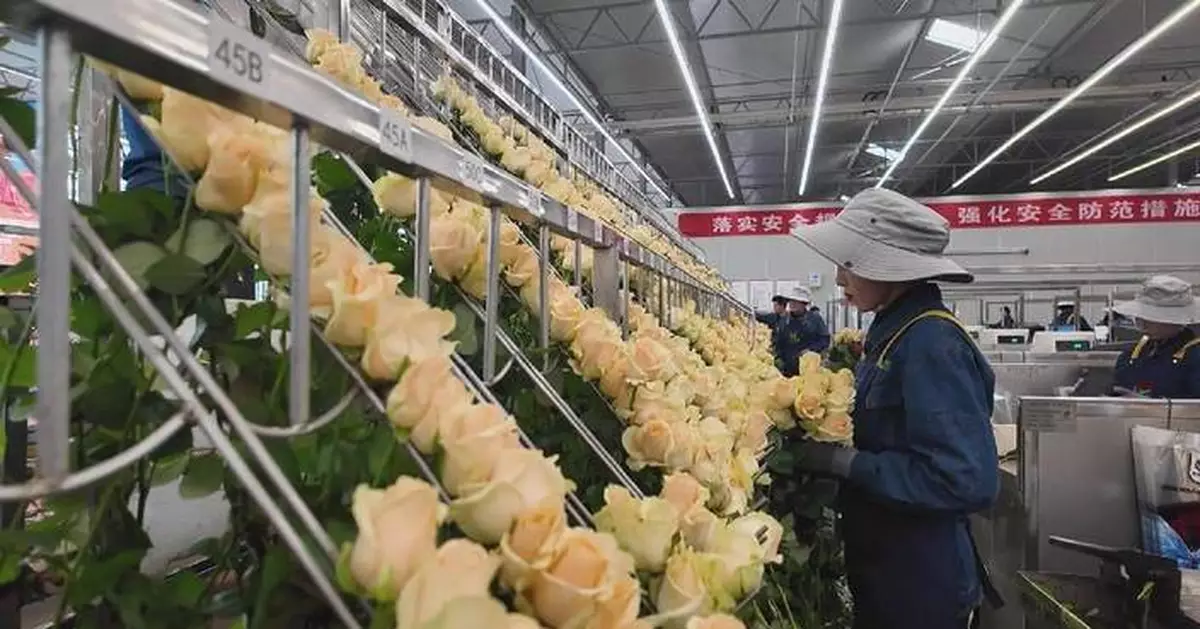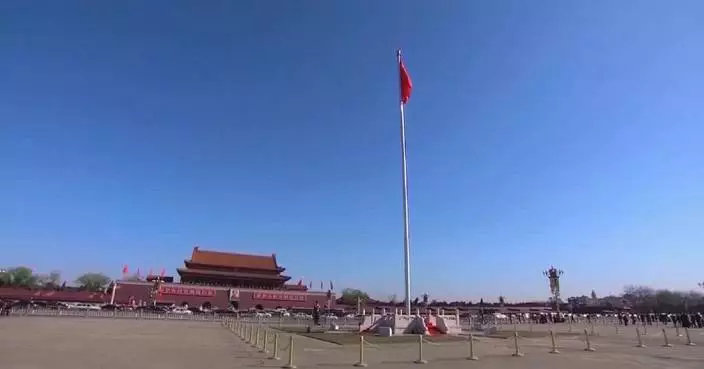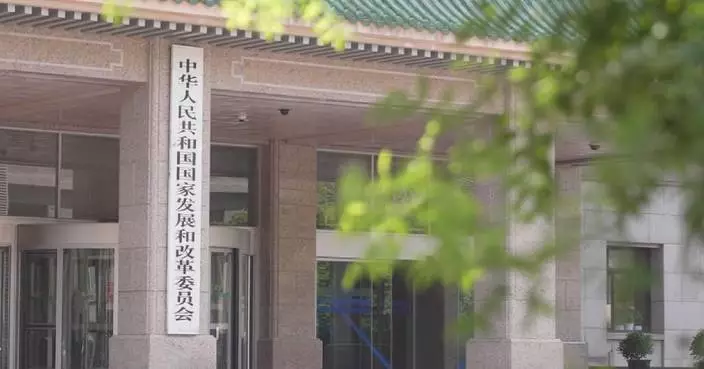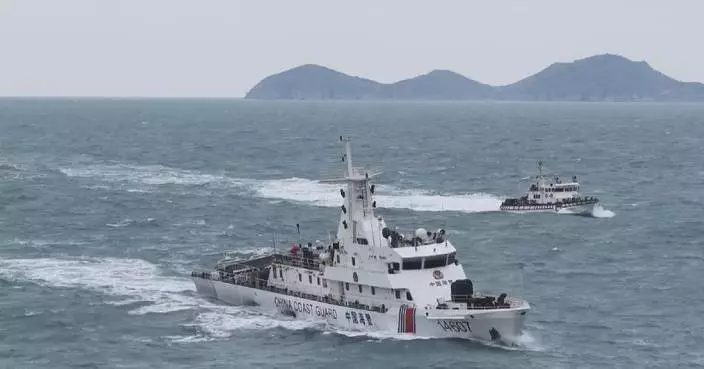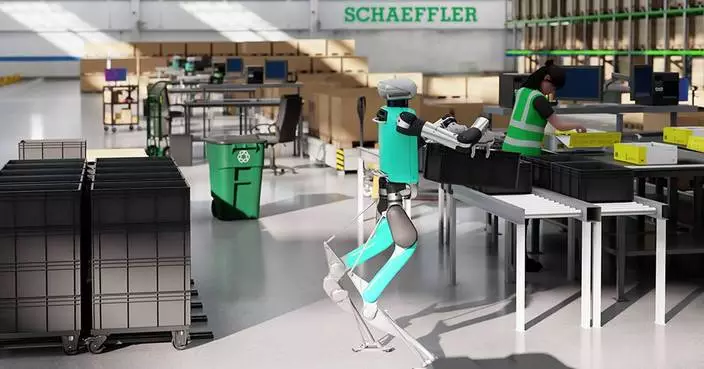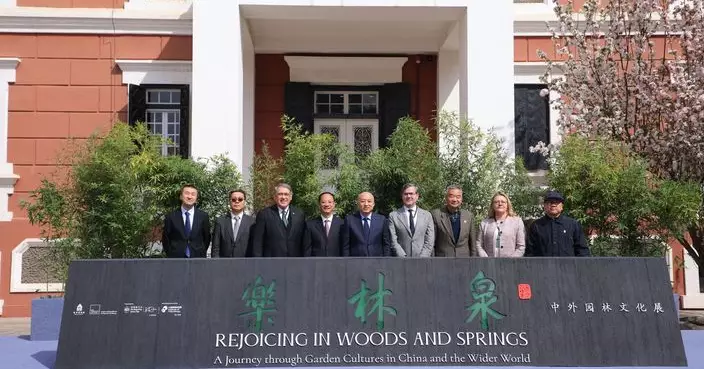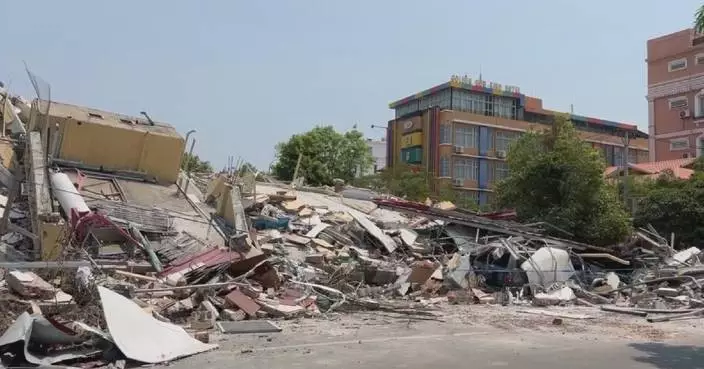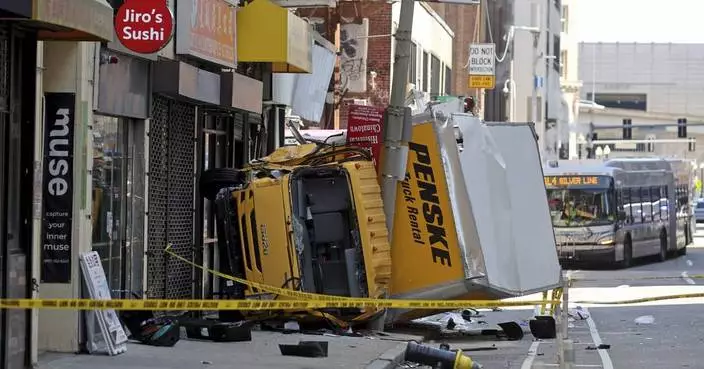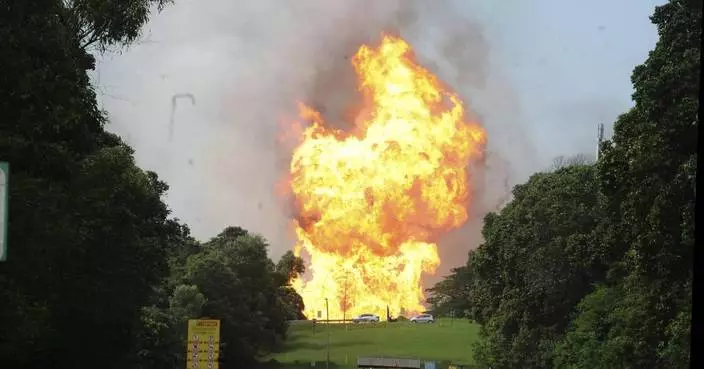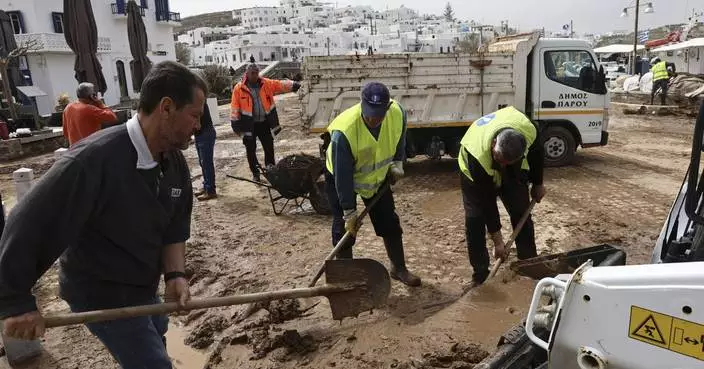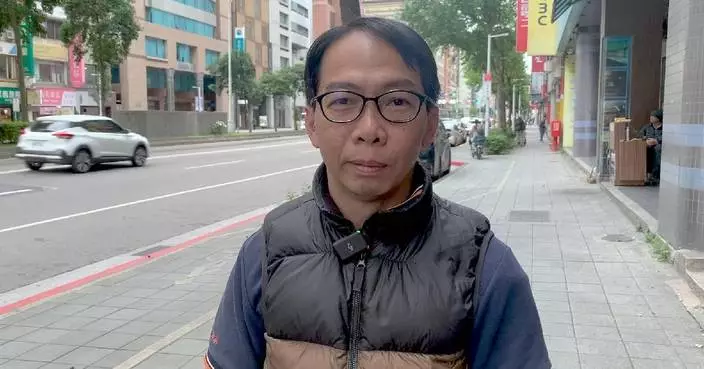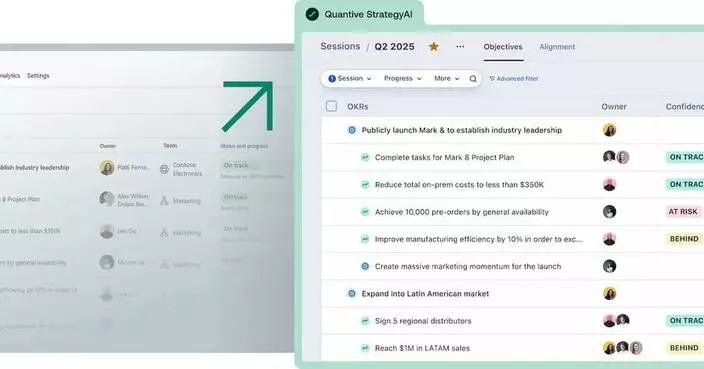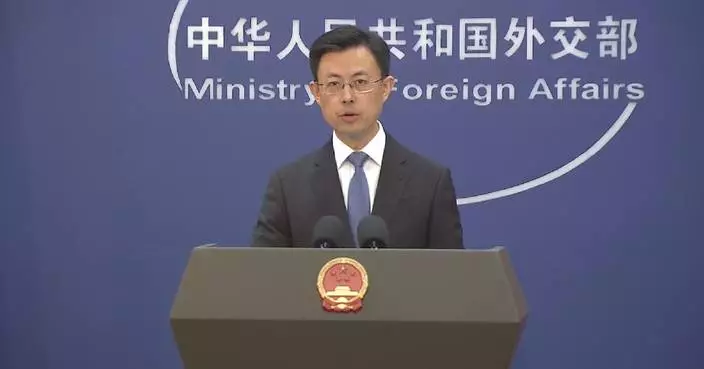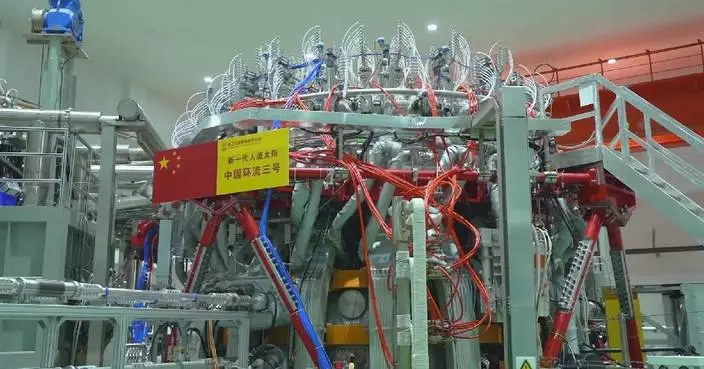Nestled in the Loess Plateau at 2,000 meters above sea level, Linxia Hui Autonomous Prefecture in northwest China's Gansu Province has overcome its harsh natural conditions to cultivate a flourishing rose industry.
Through cutting-edge greenhouse technology, the region has built a thriving rose industry, creating a 200-million-yuan (over 27 million U.S. dollars) "flower economy" that employs over 4,000 locals per year.
At Linxia Baiyi Yinong International Flower Port, the air in the greenhouse thickens with the scent of roses as dozens of workers harvest the blooms.
"Our yields are so high now that we start working early. Each of us can cut 5,000 to 6,000 roses daily," said rose picker Zhang Caihong.
Freshly cut roses undergo pre-cooling at 2 degrees Celsius in a state of vacuum for four to six hours to extend their shelf life. In the packing facility, 100 workers sort stems by bloom size, stem thickness, and color depth.
The cold-chain logistics can ensure the roses reach anywhere across China in 24 hours by air, or 48 hours by truck.
Unlike traditional soil-based cultivation, roses here grow in a special soil substitute across 200,000 square meters of greenhouses. Sensors hanging above the plants collect real-time data on light, humidity, and temperature, feeding into an automated drip irrigation system.
"The drip system works like an IV, delivering precise amounts of water and nutrients. This makes rose cultivation viable in arid regions while maximizing resource efficiency," said production supervisor Zhang Xiaoliang.
Once reliant on subsistence farming, Linxia now produces 70 million premium cut roses annually, including exclusive varieties bred for year-round blooming. Flower sales have also gone up through live-streaming e-commerce.

Thriving rose industry drives rural economy in Gansu's Linxia prefecture
Los Angeles is grappling with rising costs and delays in its wildfire recovery process, as tariffs on construction materials imposed during the Trump administration compound the challenges.
The devastating wildfires recently destroyed over 17,000 homes and businesses, leaving communities urgently pushing forward with reconstruction.
The Trump administration has recently rolled out new tariffs on a wide range of construction materials, including steel and aluminum, from the main trading partners of the United States, such as Canada, Mexico, and China. This has significantly driven up costs, further complicating the recovery efforts
"As the city and county of Los Angeles move aggressively to rebuild the wildfire areas in Malibu, Pacific Palisades, and up in Altadena, to build those houses, we need softwood lumber, aluminum, and steel from Canada," said Gene Soroka, executive director of Port of Los Angeles.
While the tariffs aim to boost domestic production, the transition will take time. In the interim, the shortage of materials is creating ripple effects across the construction sector.
"We are still handling a lot of imported steel, despite the tariffs because there's not enough American manufacturing of steel right now. So, one of the unintended consequences that this has done the wrong way is you don't have enough steel. That impacts construction, that impacts economic growth across the board," said Weston Labar, chief strategy office of Waterfront Logistics.
According to the Associated General Contractors of America, housing costs could skyrocket by almost 50 percent, widening the gap between insurance payouts and actual rebuilding expenses. It may force many homeowners to delay or even abandon their reconstruction plans, prolonging the housing shortage in Los Angeles.
Tariffs are also driving up prices for other products, impacting recovery efforts.
"We need appliances from Mexico, furniture from China, and all of those prices are going up, whether anticipatory, or real as these imports are coming across our port complex. So, we've got to have some pretty detailed discussions about this because families who want to rebuild, businesses who want to get back into the office are going to be impacted by these tariffs one way or another," said Soroka.
As Los Angeles strives to recover, the economic uncertainty caused by tariffs presents a formidable obstacle.
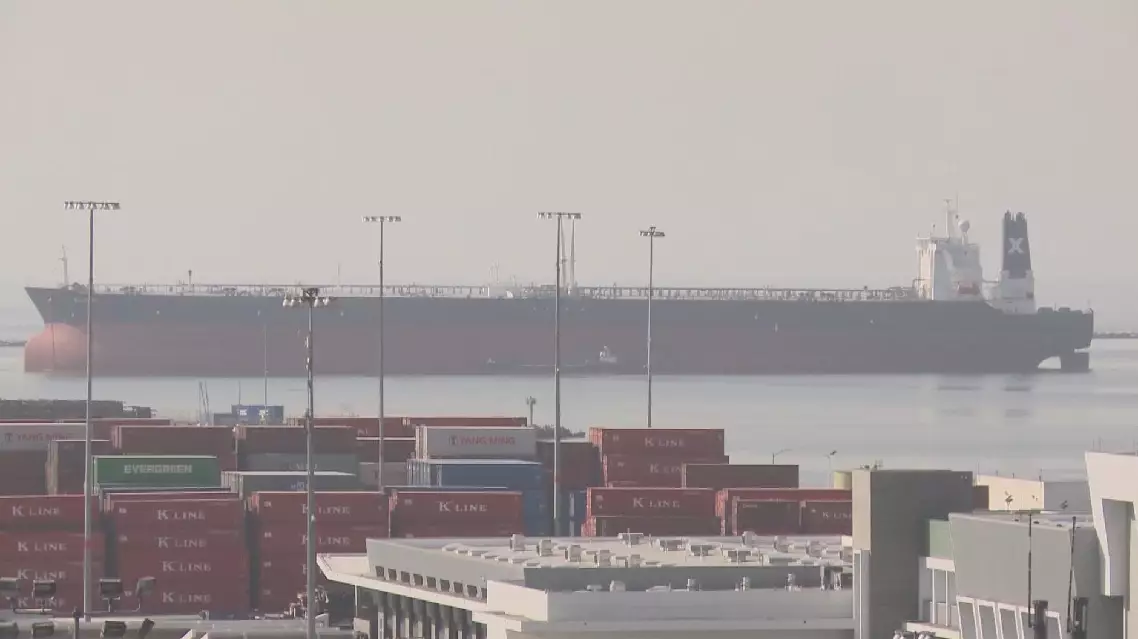
Tariffs add strain to Los Angeles wildfire recovery efforts



